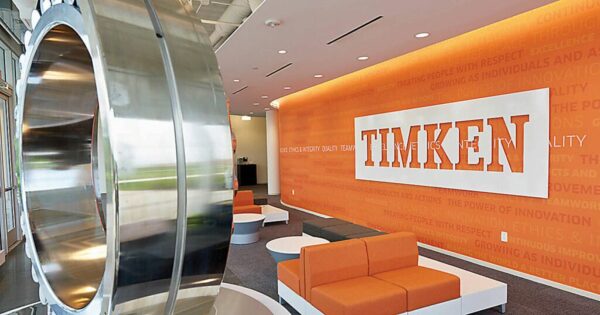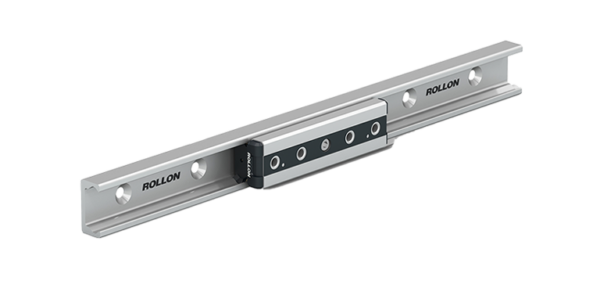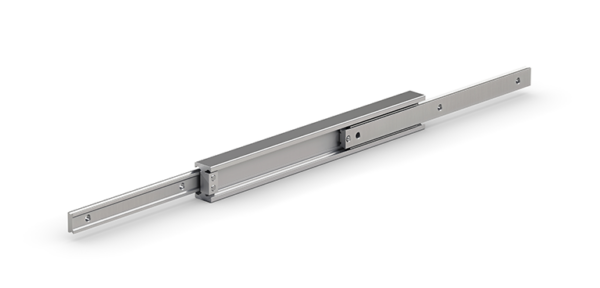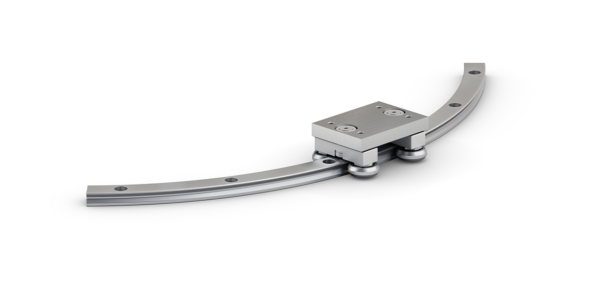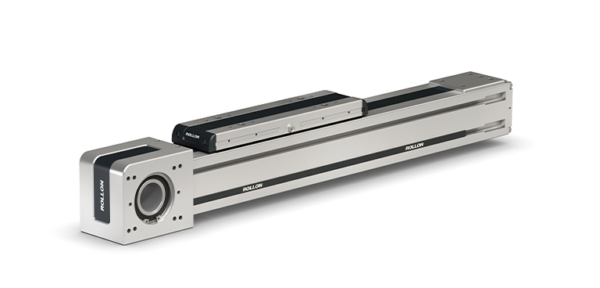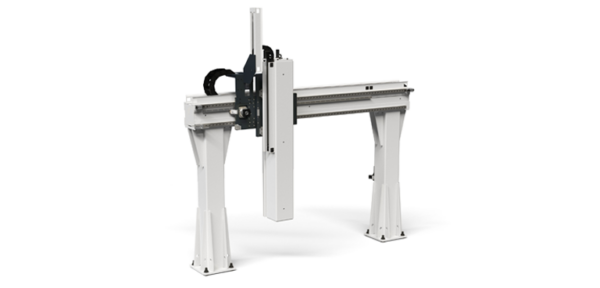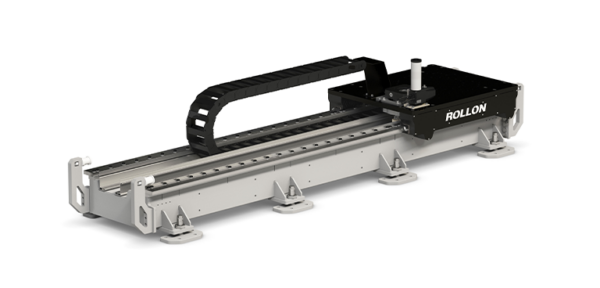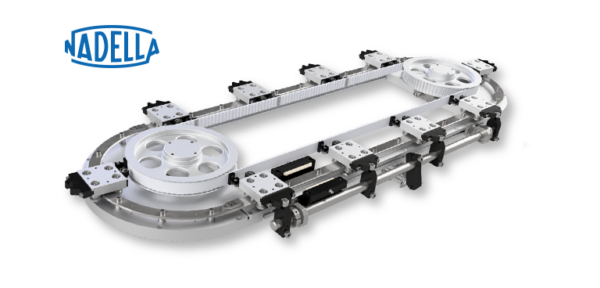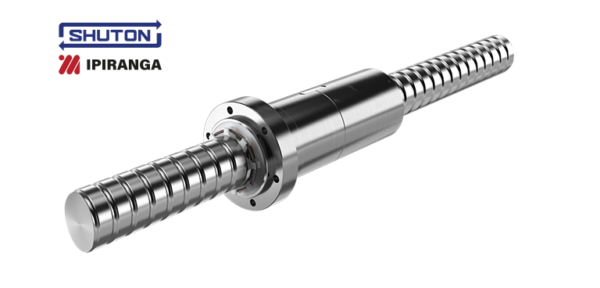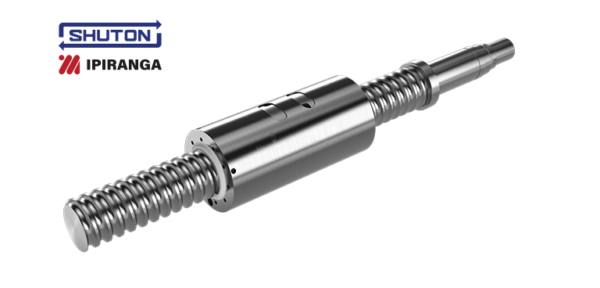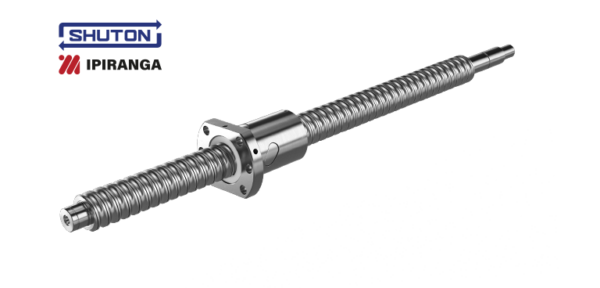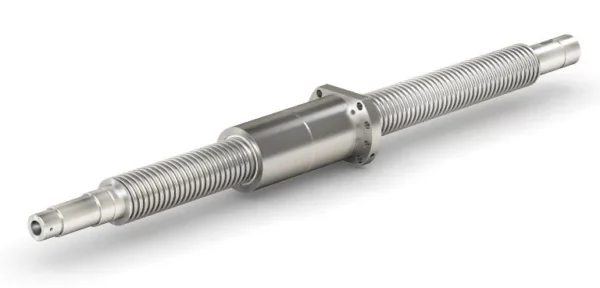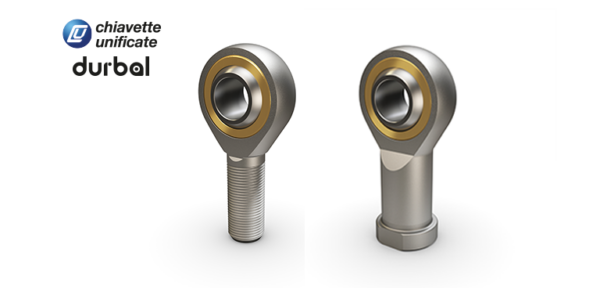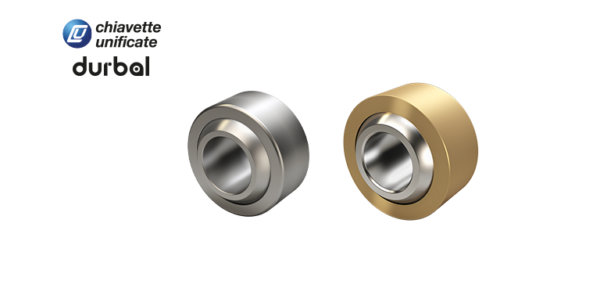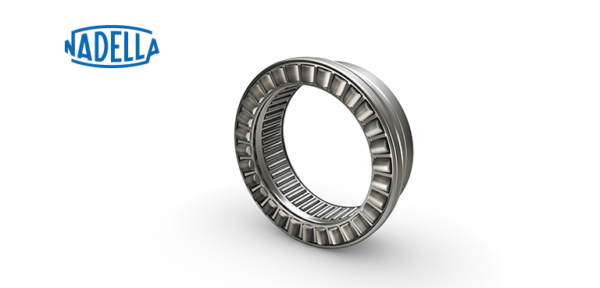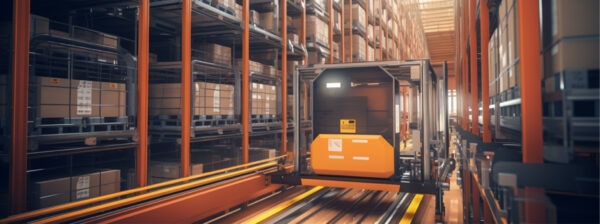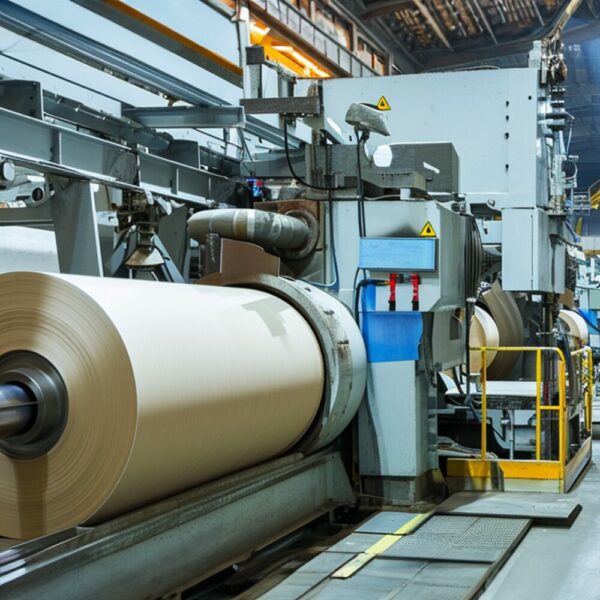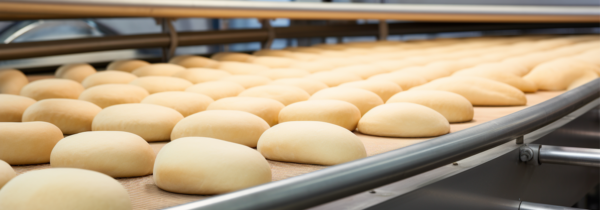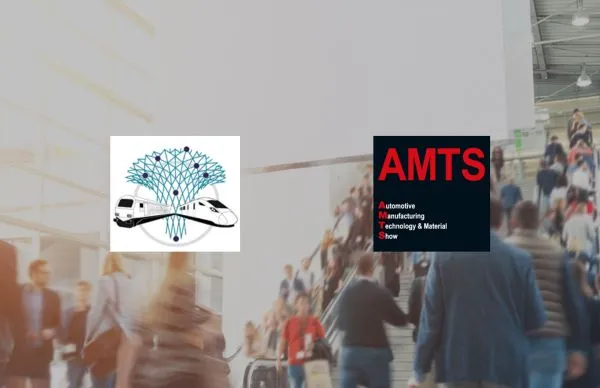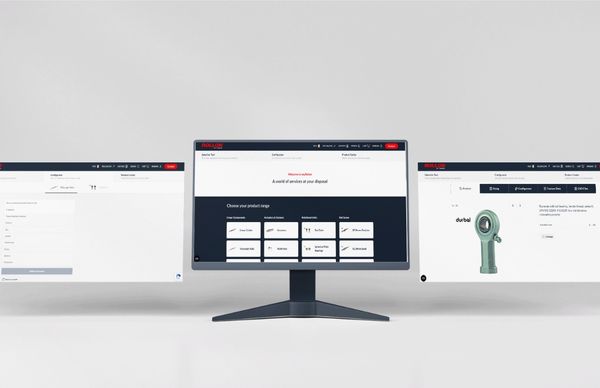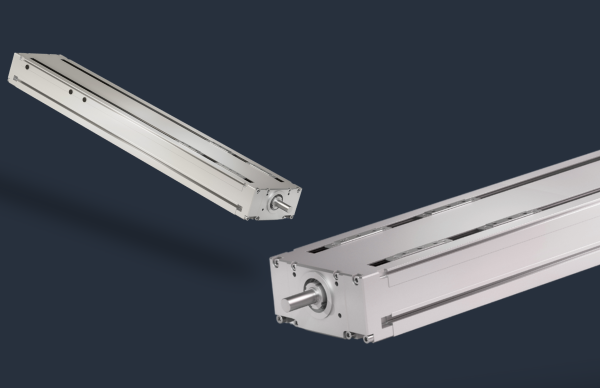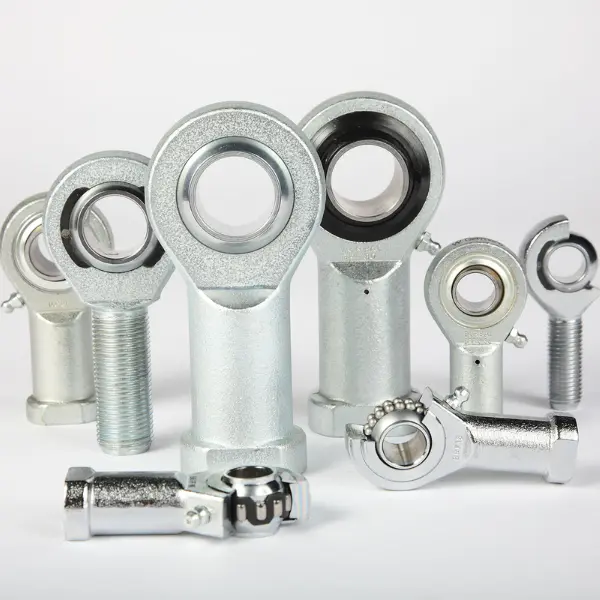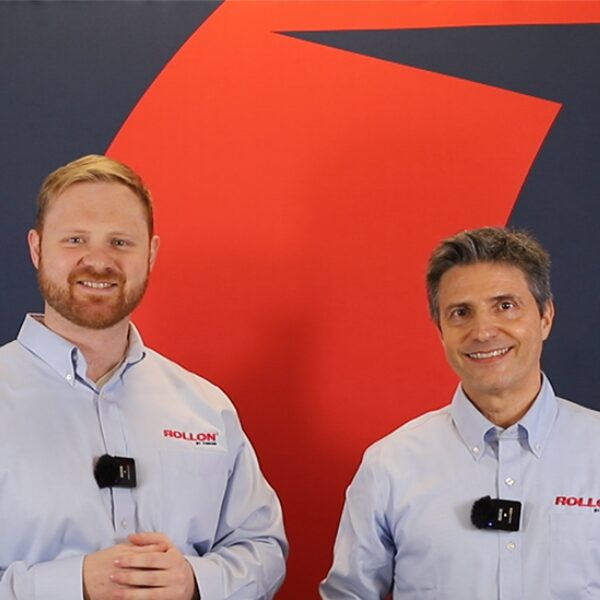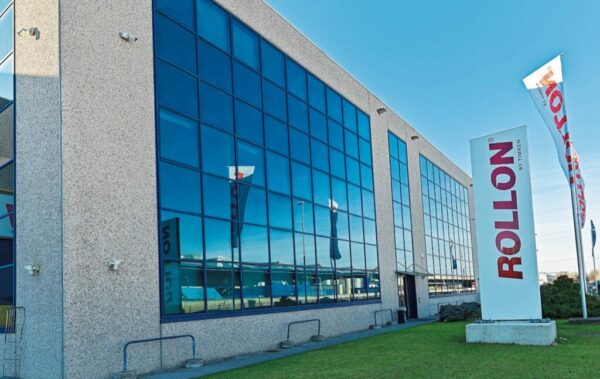In the material handling sector, where efficiency and flexibility are crucial, rod ends play a key role in optimizing operations as they are designed to ensure movement under challenging dynamics and loads, adapting to individual application needs, which can vary a lot in this sector. In this article, we will look at what specifically are the challenges posed by the material handling industry, exploring the role played by rod ends in ensuring smooth and precise movements in industrial processes.
Material handling refers to all those activities involved in the movement, storage, control, and protection of materials. It is a very broad sector, affecting a variety of industries, from manufacturing to logistics, from distribution to agribusiness.
The material handling sector plays a primary role in optimizing operations, having to cope with a variety of possible applications; it is a very demanding sector in terms of both technology and service.
One of the components that finds widest application in this sector is the rod end, a key element in intralogistics processes for sorting, on conveyor belts, forklifts, lifting platforms or automated warehouses.
A rod end, or ball joint, is a mechanical component that allows movement in multiple directions through rotation and oscillation. In the material handling industry, rod ends are widely used to connect two parts of a system so that they can move flexibly, adapting to various configurations and working conditions, without compromising connection or structural safety.
However, any handling technology that wants to find application in the material handling industry must meet several requirements. Let’s look at them.


